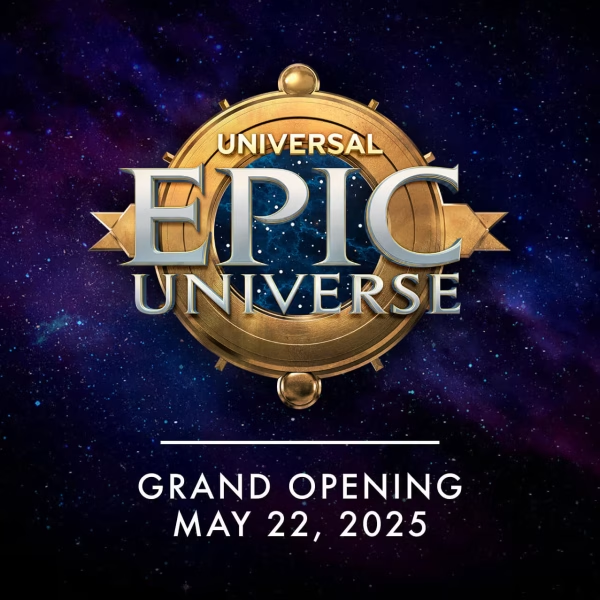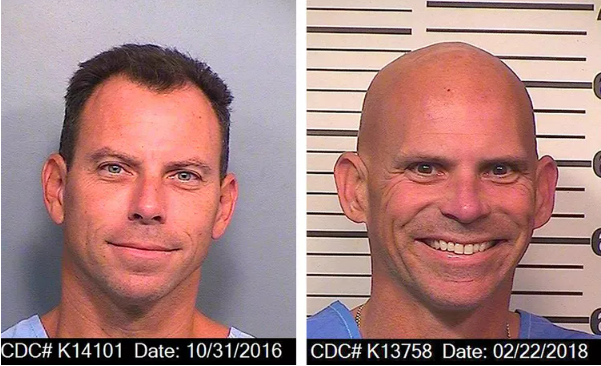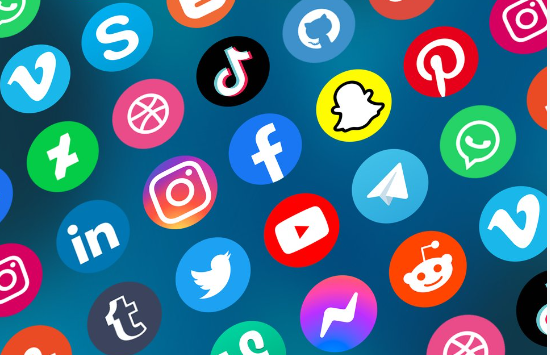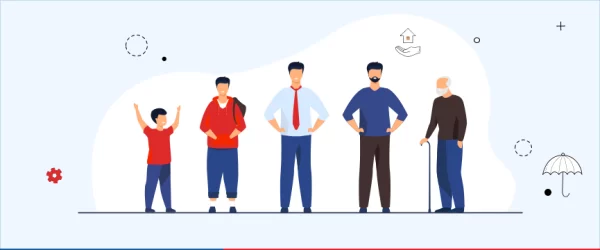“Baby Shark” craze reaches from Olympic Heights Little Lions Daycare to Major League Baseball’s World Series
The young learners of Little Lions Preschool dance, jump, and clap in childish felicity when they recognize the music that is filling their tiny ears. Smiles envelop their innocent faces as they follow the student teachers of the Olympic Heights Early Childhood Academy. They already know all the hand gestures and signs designed for this silly tune. But they are not dancing to just any song.
This song has transcended the borders of race, religion, language, and culture and has captivated the minds of both young children and adults around the world, ranking as the fifth most viewed video in all of YouTube’s history.
It is called “Baby Shark,” the undeniably catchy children’s tune that was reinvented by Korean children’s entertainment brand Pinkfong in 2015. The cultural phenomenon has taken the world by storm, penetrating even into the hearts and souls of the Washington Nationals baseball team and their fans this year as they headed into the World Series and defeated the Astros.
So, what has caused this obsession, which has obtained over 3.8 billion views and counting, to be embraced by a major baseball team? The story goes that Washington outfielder Gerardo Parra was in an 0-for-22 slump, and the Nationals were just 33-38 heading into a June 19 doubleheader against the Phillies. With these gloomy prospects, he desired to switch things up, and looked toward his two-year-old daughter for inspiration in choosing a new walk-up song.
“I wanted to put on something different,” Parra admitted (via NBC Sports Washington). “My [two-year-old daughter Aaliyah Victoria] loves that song. Before the game, I tried merengue, reggaeton, hip-hop, then I said, ‘You know what, I want to put in ‘Baby Shark’.’ I’m happy for that.”
The song stuck after that day, when Parra finished the day game 2-for-4 with a double and a home run. By July, Parra’s teammates and fans were doing the “Baby Shark” clap during his name calling at Nationals Park. Today, the attention-grabbing earworm has become the unofficial anthem of the Washington Nationals, whether it is used when a player hits a home run or as Parra’s walk-up song.
The audience is even actively engaged in the silliness. Grown adults in the stadium can be seen wearing shark costumes, holding toys, and passionately waving signs in support of their team. When Nationals players get a base hit, their on-field celebrations by fans mirror the movements by the music video’s dancers. A single hit gets a finger pinch for Baby Shark, a double summons hand-clapping like a Mommy Shark and a triple receives the full chomp (the biggest arm/hand motion) for Daddy Shark.
In addition to its growing trend in sports, the “Baby Shark” craze has been marketed in stores throughout the United States. For instance, during the World Series, the MLBShop.com sold over 4,500 adult and children’s “Baby Shark” products, aggregating more than $100,000. From backpacks, to toys, to even Halloween costumes and clothing (for adults too), “Baby Shark” has seized major retail chains such as Walmart, Bed Bath and Beyond, and Kohl’s.
Kelloggs has also launched a limited edition “Baby Shark” cereal sold in Walmart and Sam’s Clubs across the U.S. It includes berry loops and marshmallows (like Fruit Loops combined with Lucky Charms.) Even more amusing is that there is now a Baby Shark hand emoji recently added in the iOS 13.2 update.
The international nature of the song is clearly evident through the anti-government demonstrations (or thawra/revolution) in Lebanon. A cellphone recording of a woman named Eliane Jabbour driving her car through a crowd of loud protesters recently went viral. In the video, she asked the dissenters to quiet down because her toddler was sleeping in the front seat. Therefore, instead of screaming their typical profanity-laced chants or shouting their usual slogans, the Lebanese demonstrators commenced a sing-along of “Baby Shark.”
“Baby Shark” has even infiltrated the halls of OH. Preschooler Lorenzo of Little Lions has his own “Baby Shark” toy, displaying his love for the catchy earworm. He was actively engaged in the song the entire time and knew every single hand movement and gesture with passion and pure excitement, giggling with childish glee as he jumped and sang. Lorenzo says that when he hears the song, he “feels good” and that he sings and dances to it “a lot.”
So why is this song so popular, especially among young children? According to Little Lions teacher Ms. Mary, it is the repetition of the song that induces them to keep singing along. “For them, it is fun and funny. It makes them laugh, and it also increases their verbalization with each other,” she elucidates.
Beatriz Ilari, an associate professor at the University of Southern California’s Thornton School of Music, has similar thoughts. She adds, “The song has a simple melody that is not only ‘catchy,’ but is also easy to sing and memorize.” Essentially, the simplicity of the lyrics appeals to kids who do not possess an extensive vocabulary, but also to adults, who carelessly hum away in their busy lives.
This is one reason why Ms. Mary refuses to play the song in her classroom. “It makes me crazy,” she admits. “From a teacher’s perspective, they are not really learning anything from it.” She hates the repetitive nature of “Baby Shark” and how the kids constantly say the same basic words over and over again.
AICE Marine Science teacher Ms. Heather Jewett agrees with Ms. Mary that the song is uneducational. “Sharks give no parental care,” she briefly explains. Jewett also suggests a more informative version of the song to provide valuable insight on the real life characteristics of these feared sea creatures.
However, Ms. Mary does acknowledge that “Baby Shark” helps with their hand signals. The original version of the song was released in 2015, which included only animated, anthropomorphic figures like sharks and fish. In 2016, it was updated to incorporate real children listening, dancing and singing the song. This is the edition that grew viral, as young viewers were now attracted to “mirror” the gestures of the other children on the screen.
Since then, “Baby Shark” has become an instant hit around the world, with translations in a variety of languages and ranking #32 on Billboard’s Hot 100’s in 2019. “Baby Shark Live!” is touring America from Oct. 3, 2019 to May 19, 2020, bringing the famous sea characters to life in an educational rock concert full of singing and dancing, LED walls and lights, cartoon-like puppets, and other props. It has also been confirmed that Nickelodeon and Pinkfong’s parent company Smartstudy are partnering up to create a “Baby Shark” animated series.
Additionally, in a survey conducted by The Torch of a second grade class at New Horizons Elementary School in Wellington, three students out of thirteen reported liking the song and the rest found it babyish. While the vast majority believed they were not the intended audience of “Baby Shark,” these results do convey its pervasiveness because the entire class did recognize it.
In contrast, a class of sixteen special needs students (ranging from grades six through eight) at Lantana Community Middle School adore the jingle so much that the whole group recently engaged in a sing-along without any teacher instruction. A student started the discussion, and from there the kids began muttering the tune and performing the arm movements, their teacher watching their animation with amusement.
Even experts in marine biology can appreciate “Baby Shark.” Jewett loves all things sea life, especially sharks, and discovered the popular children’s song when her sons (who are five and eight years old) were browsing YouTube. “I love it!” She exclaims. “It’s just a happy song, with a good beat and really sticks in your head.” She strongly believes that this is the reason why so many people are drawn to the ditty.
Regardless of its criticism, “Baby Shark” has evidently left its splash on the world, one “doo doo doo” at a time.










